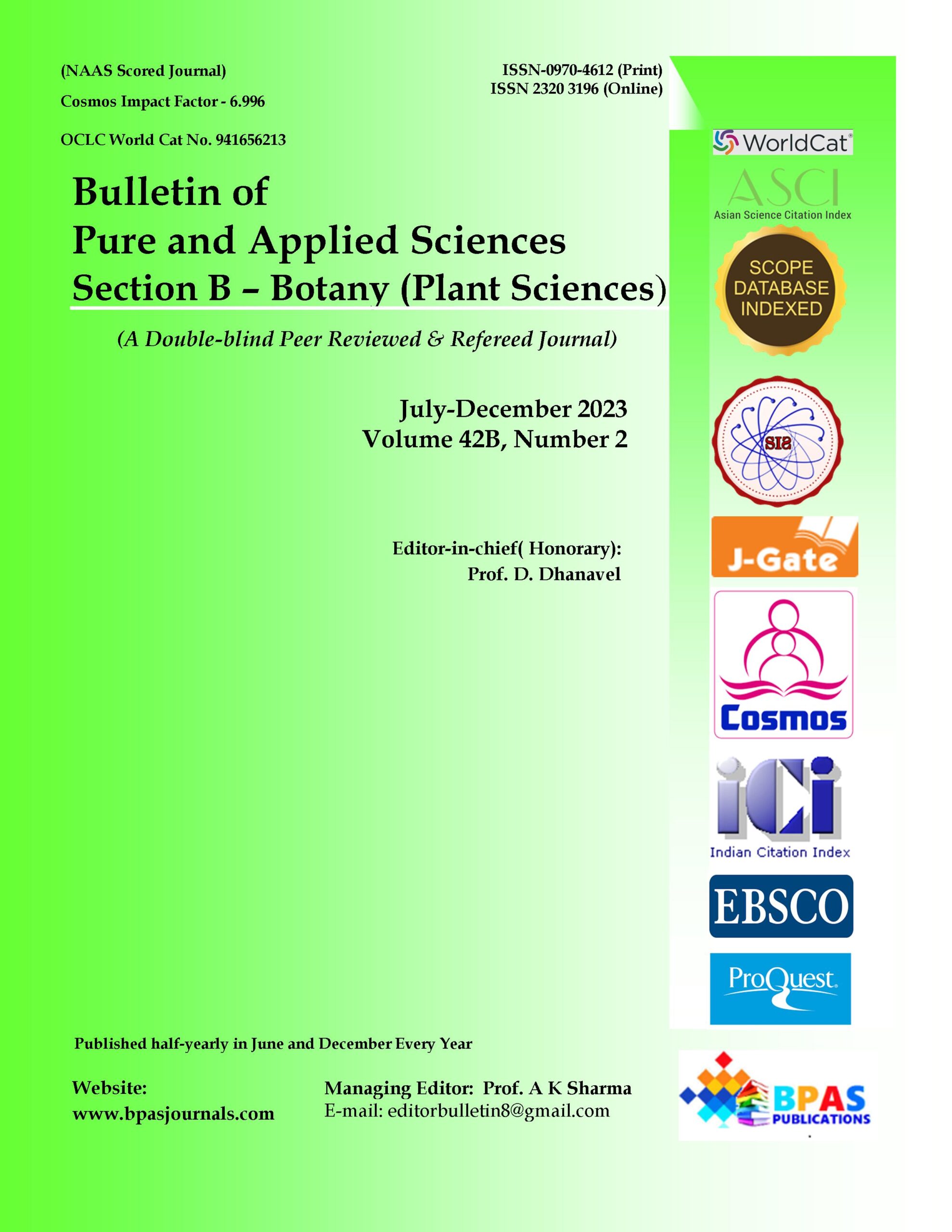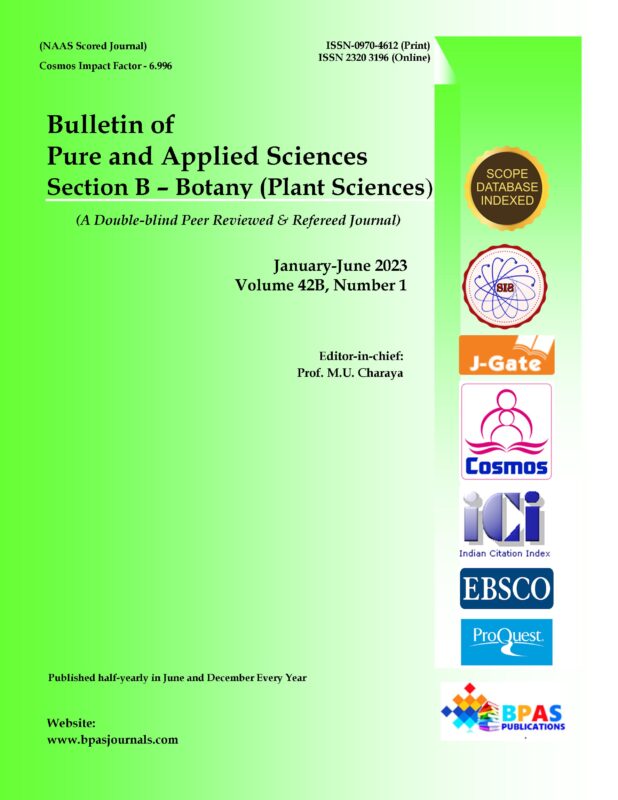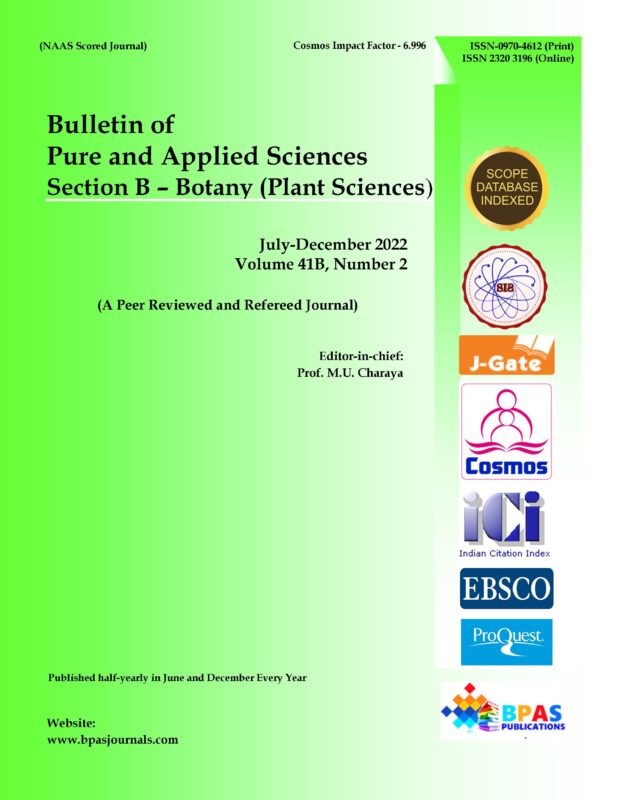Taxonomic Studies on Rosa damascena Miller Complex in Türkiye and Two New Species: Rosa stipulata, Rosacomantema
9.38$
1Bekir Yildirim* and2Hasan Ozcelik
Bulletin of Pure and Applied Sciences.
Botany, Vol.42 B, No.2.
July-December 2023: P.50-64
Original Research Article
Description
1Bekir Yildirim* and2Hasan Ozcelik
Author’s Affiliation
1Department of Plant and Animal Production, Burdur Food, Agriculture and Livestock Vocational School of Higher Education, Burdur Mehmet Akif Ersoy University, Burdur, Türkiye
E-mail: bytr33@yahoo.com
2Department of Biology, Faculty of Sciences and Arts, Suleyman Demirel University, Isparta, Türkiye
Corresponding Author:
Bekir Yildirim
Department of Plant and Animal Production, Burdur Food, Agriculture and Livestock Vocational School of Higher Education, Burdur Mehmet Akif Ersoy University, Burdur, Türkiye
E-mail:
Received on 26.06.2023
Revised on 23.08.2023
Approved on 14.10.2023
Accepted on 25.10.2023
Published on 23.12.2023




